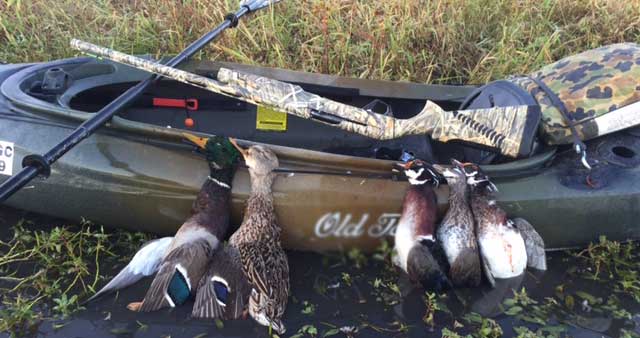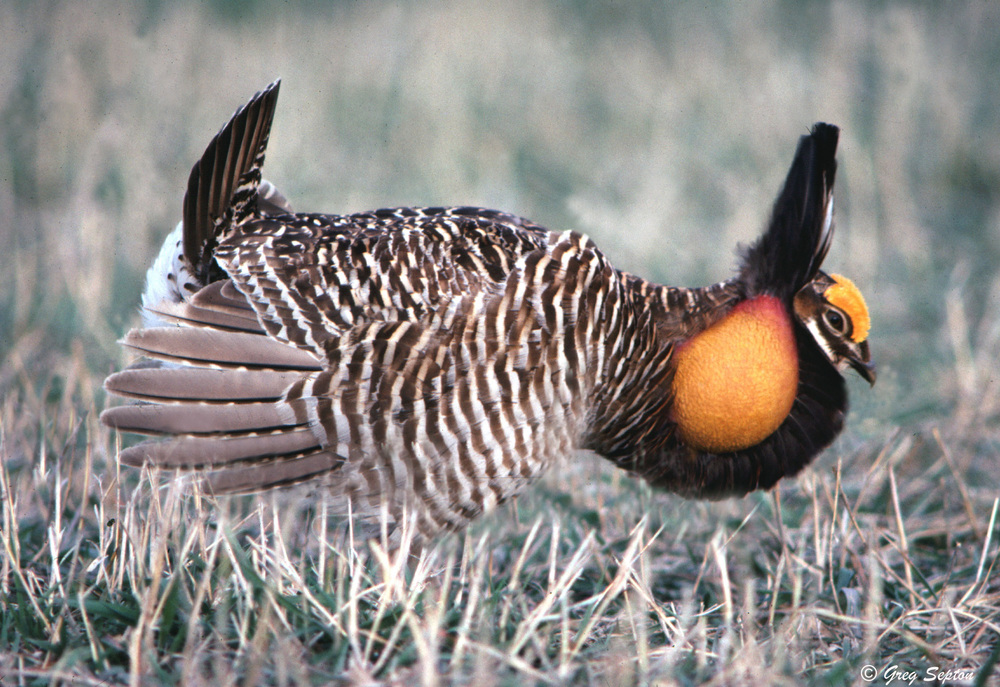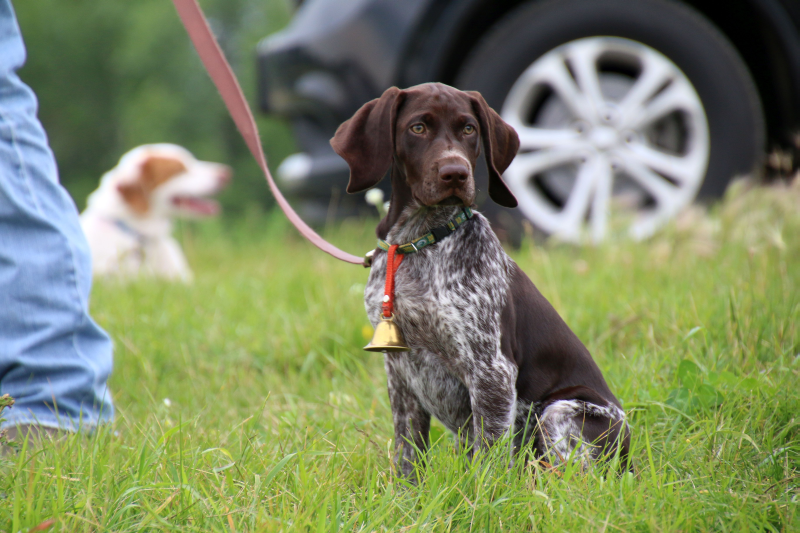 Duck hunting has so many angles, that it has both the safe and easy degrees as well as the other ones, and by and large it is the most fascinating sport of all with the shotgun.
Duck hunting has so many angles, that it has both the safe and easy degrees as well as the other ones, and by and large it is the most fascinating sport of all with the shotgun.
Shooting over decoys, “pass” shooting, “jumping” ducks, “tolling” ducks, and shooting from a battery, make up the principal ways of getting the birds.
“Pass” shooting only requires good marksmanship and a close-shooting, hard-hitting gun. A reliable retriever is also a necessity in this branch of the sport. It is simply finding out where the birds come and go from one body of water to another and stationing yourself on dry ground and shooting them on the flight. Winged birds are readily gathered by a trained dog, and the sport is one mainly dependent on accurate shooting.
Jumping ducks may be done by going in on the comparatively shallow overflowed river bottoms or along the edges of lakes and sloughs, and shooting the birds as they jump. Or it may be practiced from a boat, with one man to paddle at the stern of the skiff or duck-boat and a man in the bow to do the shooting. Or a man may paddle about by himself and drop the paddle as the ducks climb up.
Battery shooting, or “sink-box” shooting, is by having a box weighted and sunk almost to the water’s edge and surrounded by a big flock of decoys. At the birds come in the shooter rises from his cramped position in the box and fires. It is an effective way of duck hunting when they won’t come into the shore “blinds,” but keep to the middle of the large lakes.
In all grades and kinds of duck shooting the knowledge necessary of the birds’ habits, the effect of the weather on their flight, where they are feeding, the manner of building a “blind” and setting out decoys, the best spot for a “blind,” the shifting of a “blind” when the wind shifts, the way to sit and keep still in a “blind,” the rule in shooting from “blinds,” and hundreds of other lesser and greater vital requirements make up what might be called the scientific duck shooter’s arbitrary book of rules.



